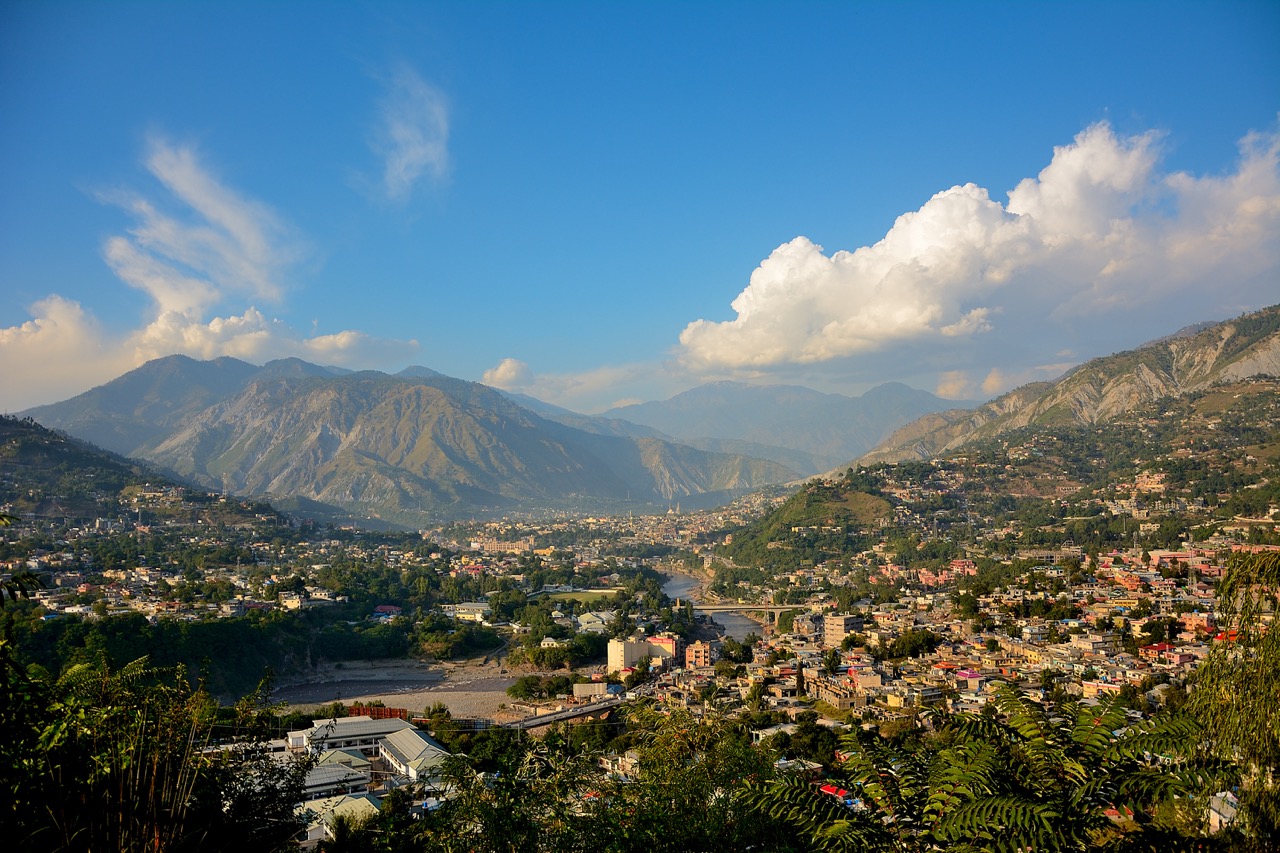Like climate change, earthquake hazards disproportionately impact poor and developing nations, which makes it imperative for a global organization such as the United Nations to create a parallel treaty for earthquake hazards.
By Afroz Shah, Universiti Brunei Darussalam
Citation: Shah, A., 2023, Do we need a United Nations Framework Convention on Earthquake Hazards?, Temblor, http://doi.org/10.32858/temblor.308
The Feb. 6, 2023, earthquake disaster in Türkiye highlights the profound and devastating impact that earthquakes can have on people and their assets. The occurrence of earthquakes and their associated hazards is well known and is the result of years of scientific knowledge accumulated by earthquake scientists worldwide. Scientists work to inform the public and governments about the potential for significant earthquakes on known faults and to provide evidence-based recommendations on how to keep these potential hazards from becoming disasters. The earthquake risk profile of many developed countries, such as Japan and the U.S., has dramatically improved because these nations have the resources to implement the recommended risk reduction strategies and are led by well-equipped administrations who make it possible to take action. We need a framework, a plan, to help developing nations also implement hazard preparations.

Challenges in developing nations
Many developing nations are not able to implement hazard preparations, and this is often reflected in the statistics of losses and damages when medium to large earthquakes strike. For example, many of the more than 80,000 lives lost in the 2005 Kashmir earthquake may have been saved had the existing scientific wisdom about building construction been practiced on the ground. Unfortunately, what we are witnessing in Türkiye in 2023 suggests a lack of structural integrity in some of these buildings as well, similar to what was observed in Pakistan decades before.
The existing science and technology on seismic-resistant buildings has dramatically improved living standards in many tectonically active areas around the globe. Unfortunately, events like the ones discussed above suggest that this scientific knowledge is not practiced on the ground in many parts of the world, which paints a dangerous picture for the people living near active faults. The developing world already faces enormous challenges and risk to millions from ongoing crises such as poverty, hunger, availability of clean water, climate change-related hazards, and more, and earthquake hazards have the potential to exacerbate these ongoing issues. Many of these countries, such as Pakistan, India, Nepal, Bangladesh, Myanmar, Indonesia and Papua New Guinea, are waiting for the next great earthquake, which will be a significant challenge to face.
Despite the knowledge that large and devastating earthquakes can happen, it can be difficult for developing nations to adequately prepare for earthquake hazards because they are already dealing with many other societal needs that are equally important to address.

Proposal: An international framework
To help bring the issue of earthquake hazard preparation and need to the forefront, I propose the creation of an international platform to discuss and deliberate barriers and solutions to earthquake preparation with a motivation to improve the overall safety procedures needed to address these hazards. Currently, a similar successful platform exists to address climate change threats.
The global warming threat led to the founding of the United Nations Intergovernmental Panel on Climate Change (IPCC) in 1988, which is tasked with looking at greenhouse warming and global climate change. Over the following decade, IPCC discourse on climate change reached most of the world and created the United Nations Framework Convention on Climate Change (UNFCCC) in 1992. A climate change treaty took effect in 1994. Today, the UNFCCC has a worldwide reach with 198 parties; it is the only organization that works globally to improve worldwide resilience to climate disasters through collaborations, funding, integrations, deliberations and other helping mechanisms. The UNFCCC makes decisions where it asks countries to mitigate, adapt and care for losses and damages from climate change; such agreements are made democratically by voting.
Several UN organizations currently touch on earthquake hazards, like the UN Office for Disaster Risk Reduction that was formed in 1999 to help implement the International Strategy for Disaster Reduction. And the Sendai Framework for Disaster Risk Reduction was enacted in 2015. But none of these specifically address earthquake hazards.
Earthquake hazards disproportionately impact poor and developing nations, which makes it imperative for a global organization such as the UN to create a parallel treaty for earthquake hazards. This would provide a platform for the Global North and South to deliberate, integrate, collaborate, fund and exchange ideas, with a motivation to make the world a safer place with respect to earthquakes. A “United Nations Framework Convention on Earthquake Hazards (UNFCEH)” could fill the gaps between developing and developed nations, improving the overall global earthquake hazard preparation reach.
Annual UN conferences such as the Conference of Parties (COP) to deal with climate change are an important instrument to ensure that countries and other organizations meet on the world stage, which is why climate change discourse has reached far and wide. This successful model could be applied to earthquake hazards and resilience. Earthquake science lags behind in terms of reach, which could be one of the reasons for not understanding why some hazards turn into monsters in developing nations.
- Magnitude 7 Yukon-Alaska earthquake strikes on the recently discovered Connector Fault - December 8, 2025
- Upgrading Tsunami Warning Systems for Faster and More Accurate Alerts - September 26, 2025
- April 2025 magnitude 6.2 earthquake near Istanbul highlights strengths and weaknesses in seismic mitigation - September 14, 2025
